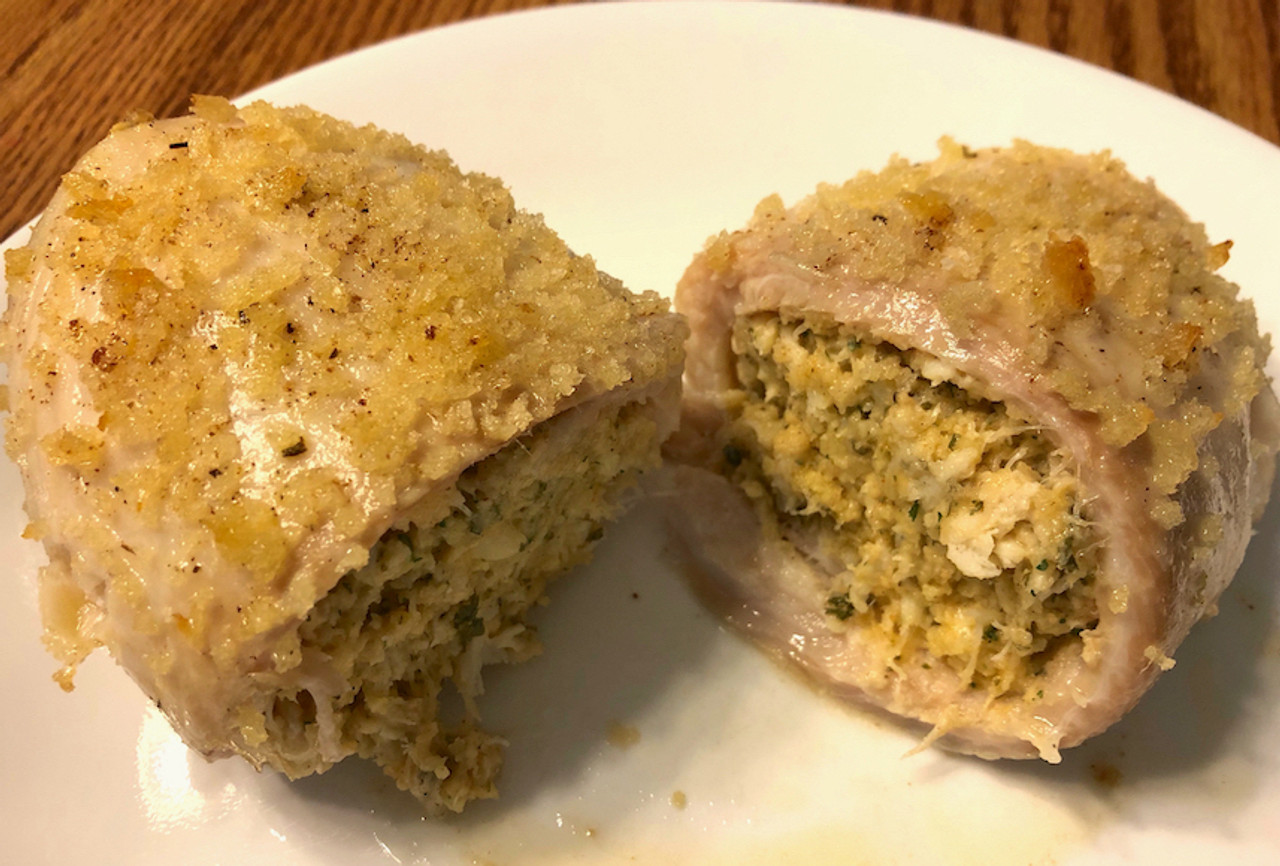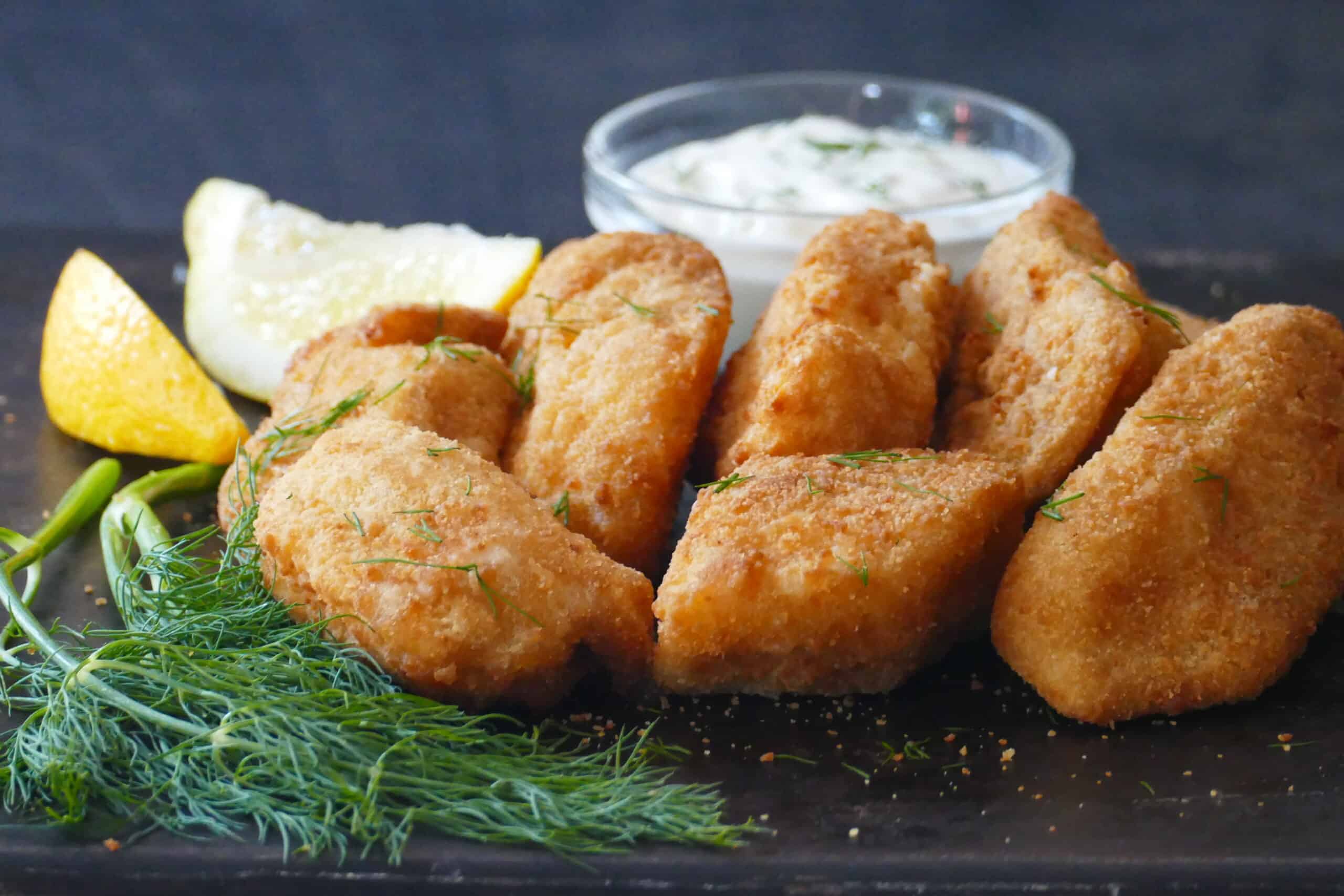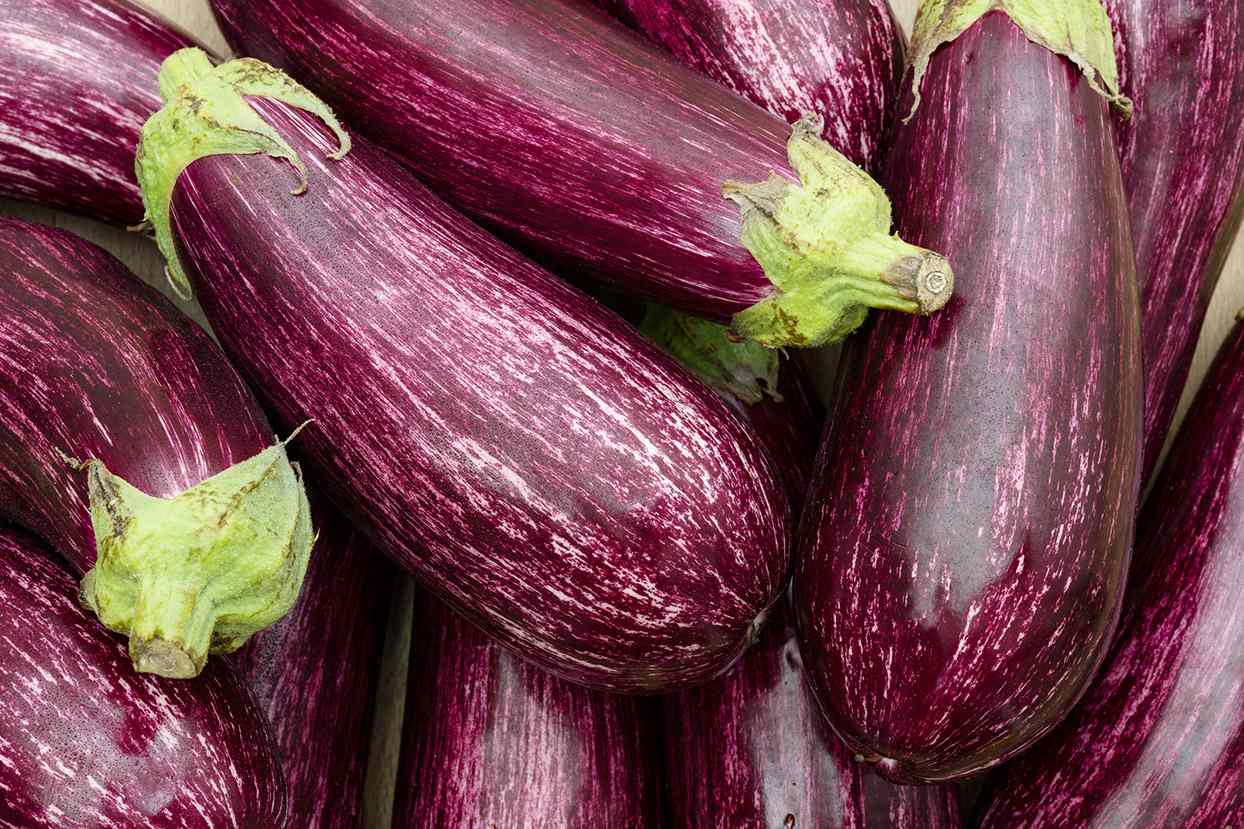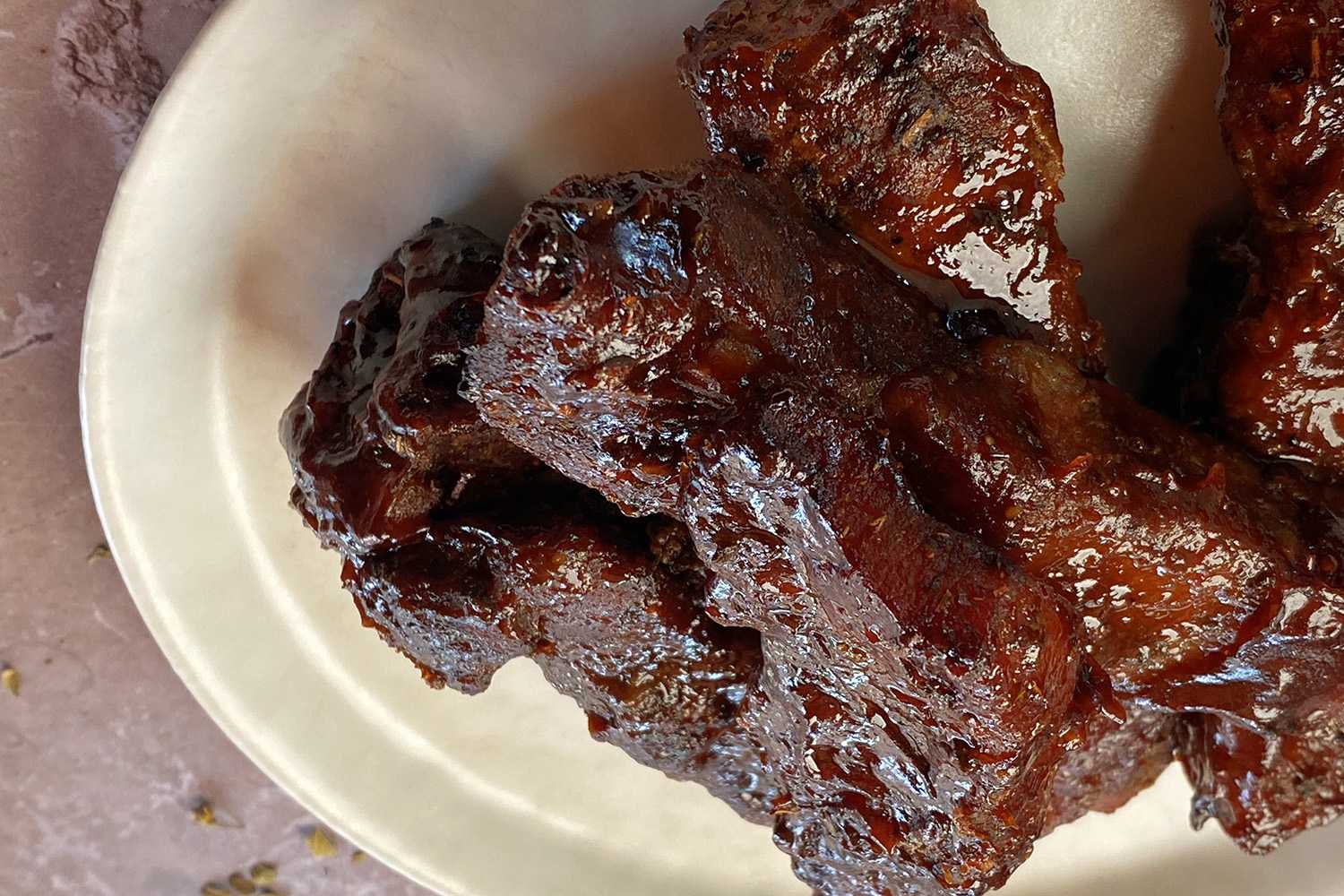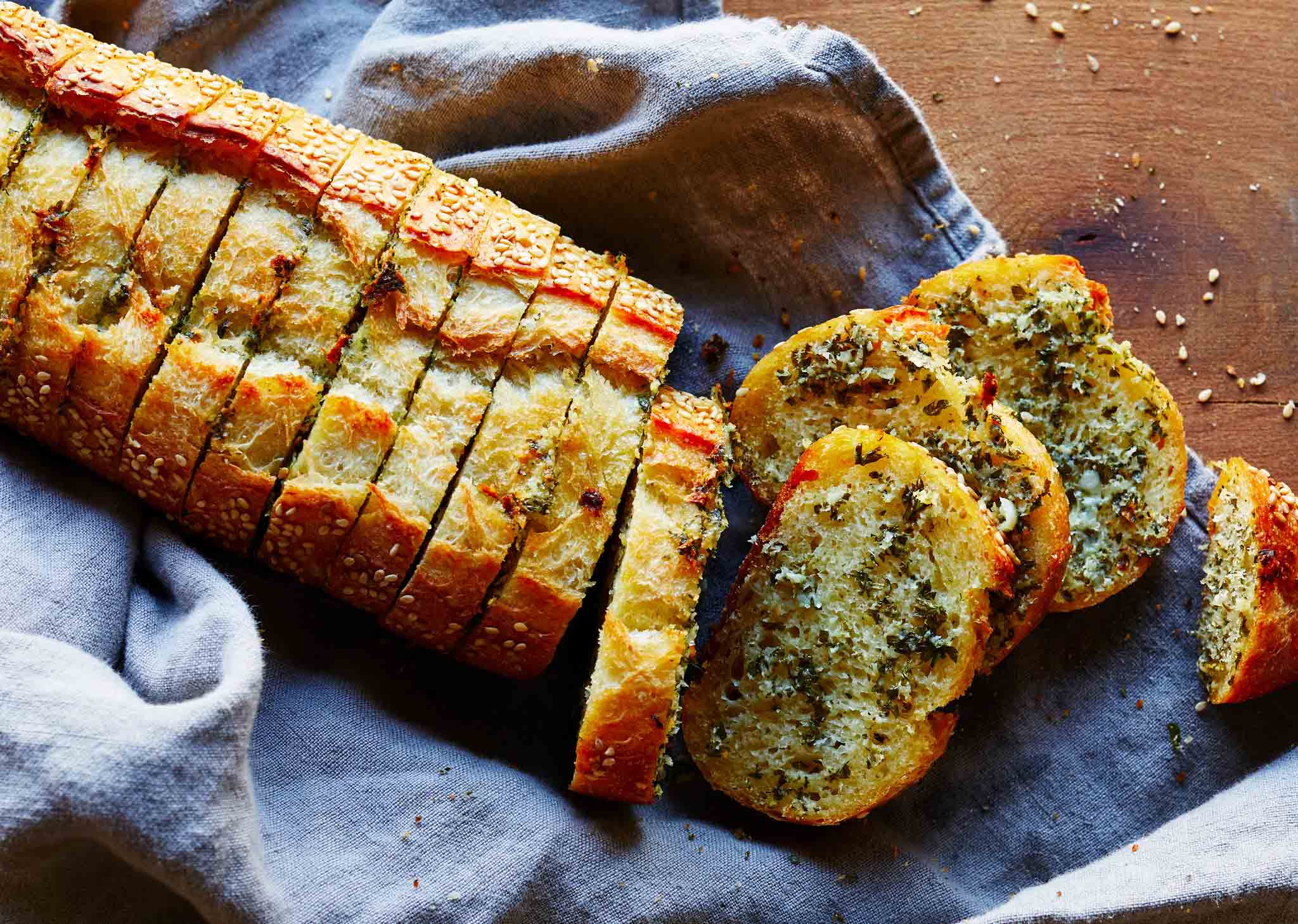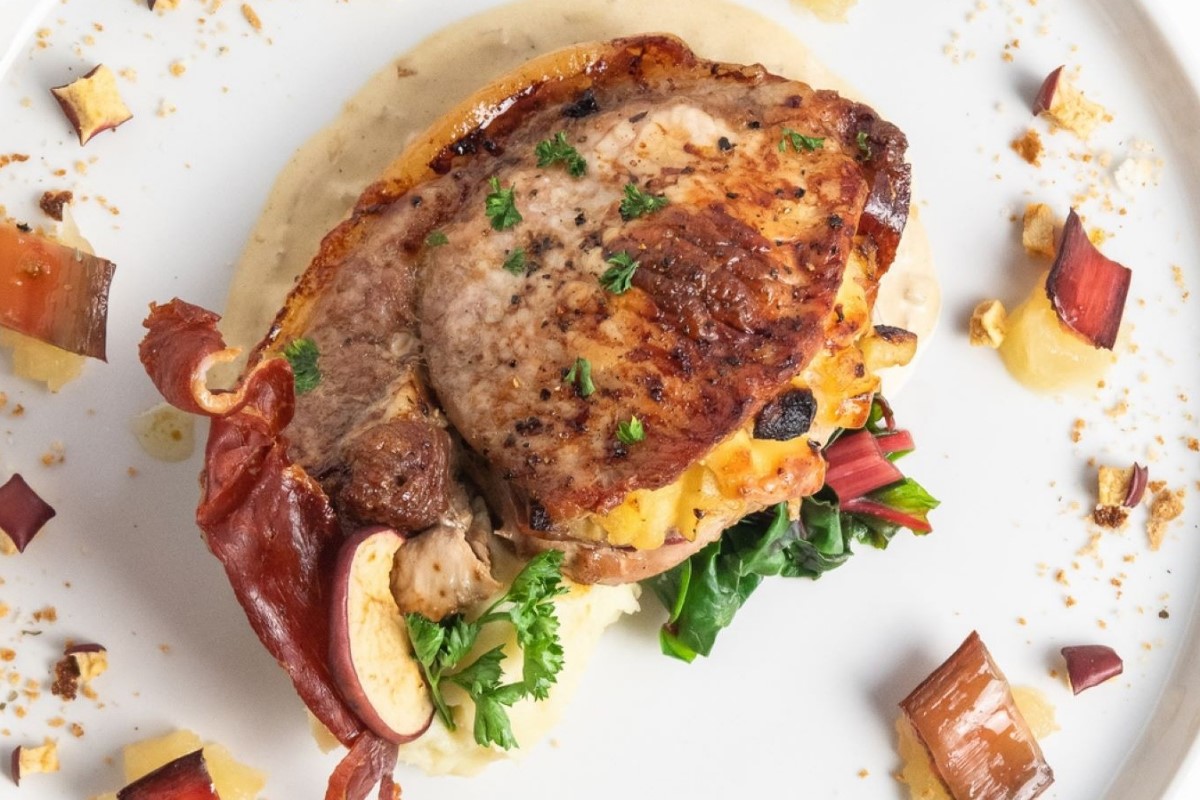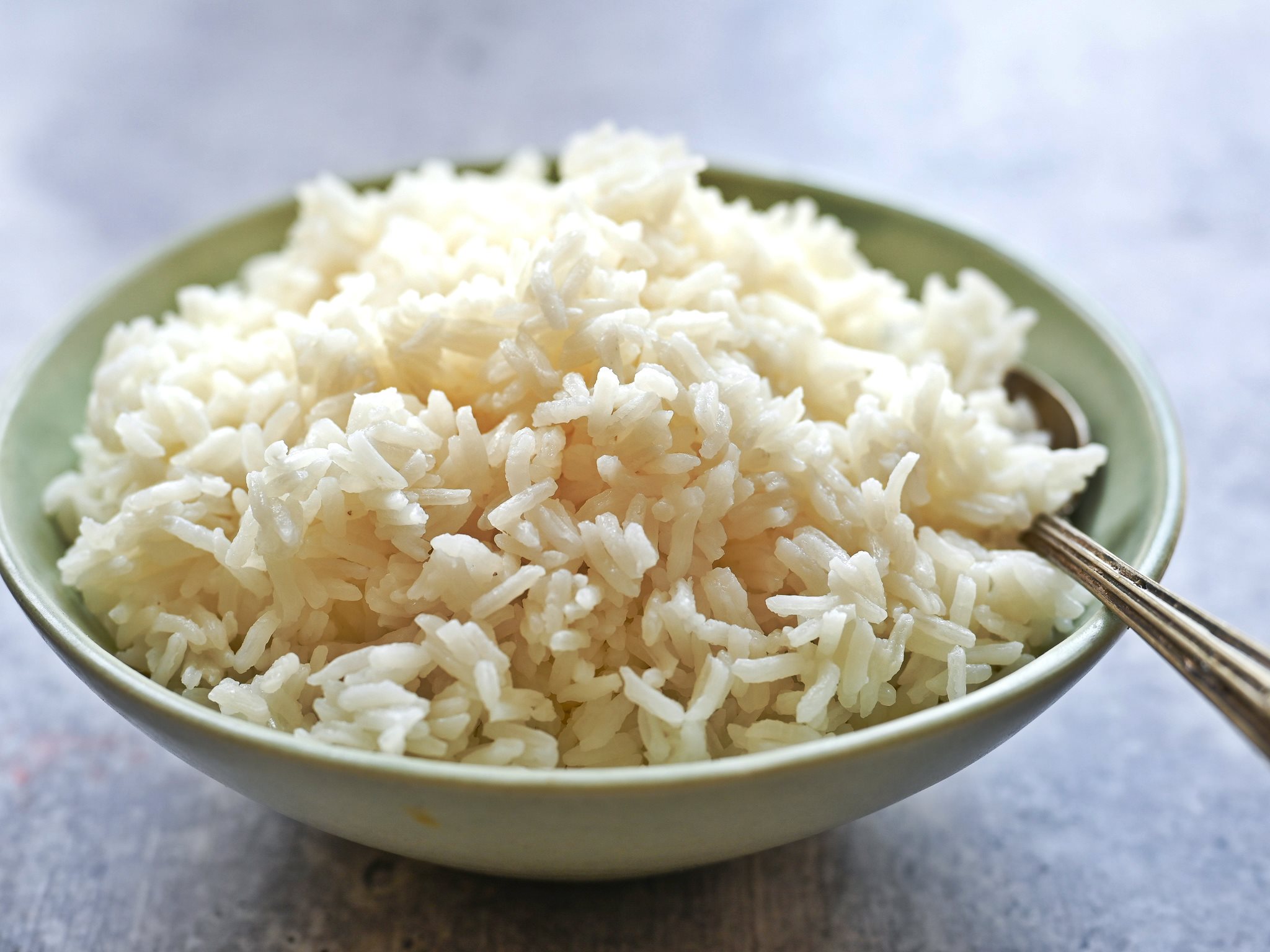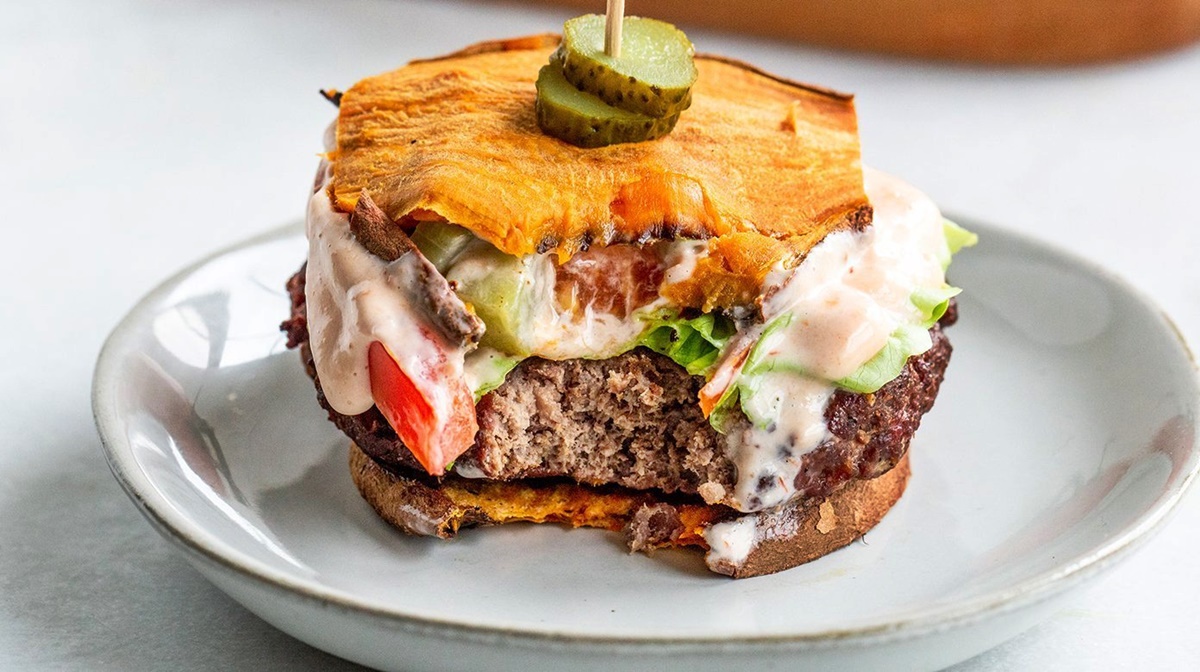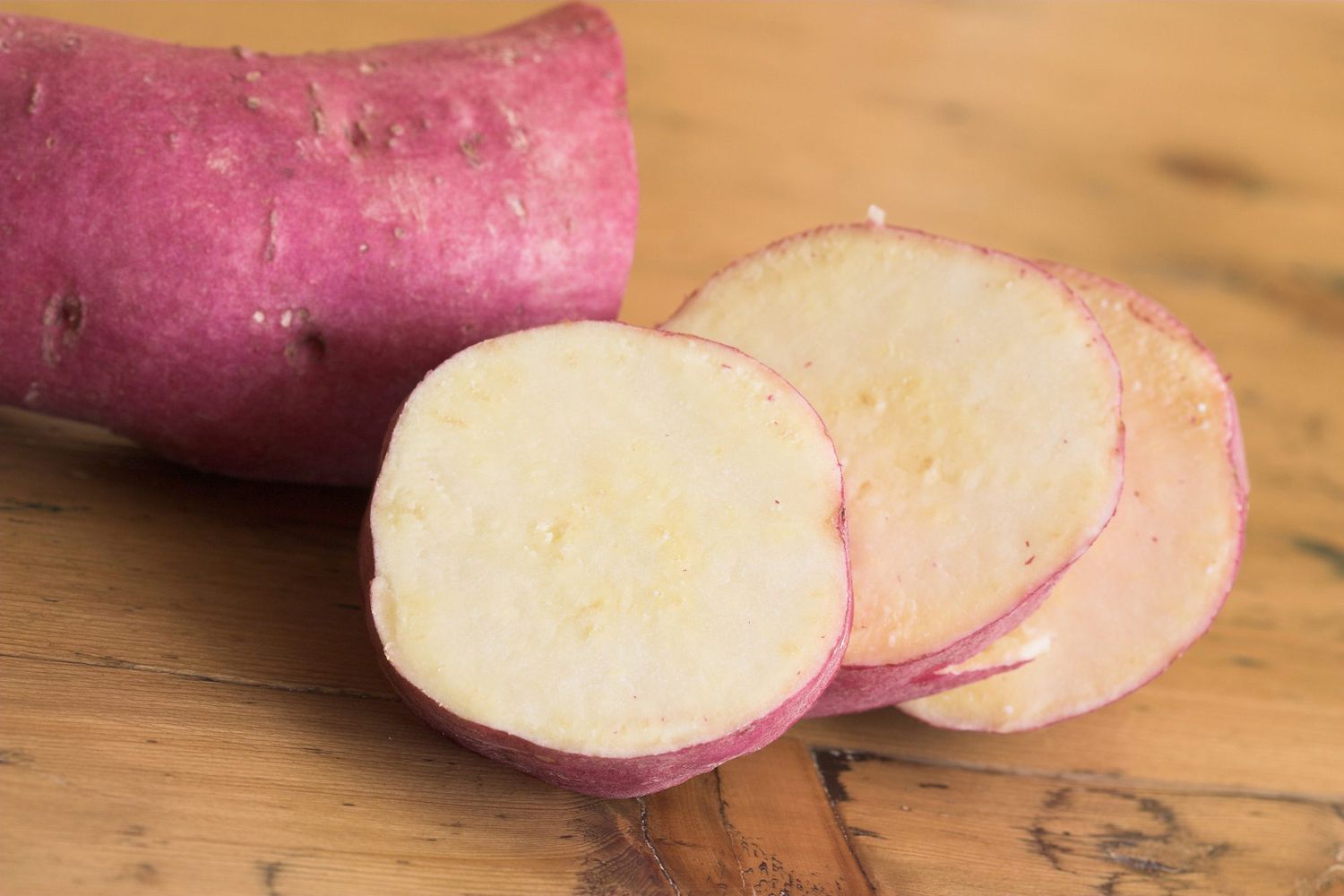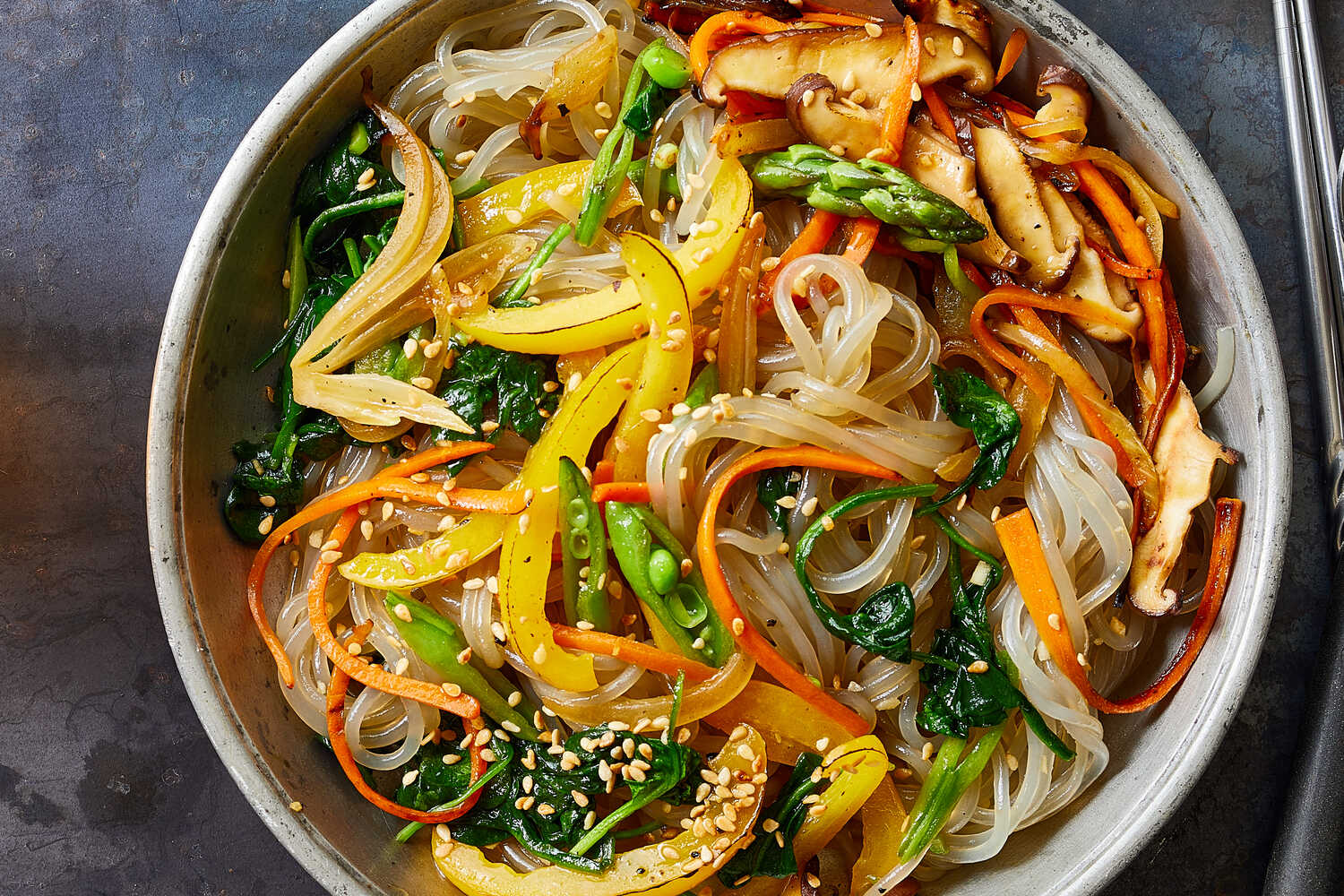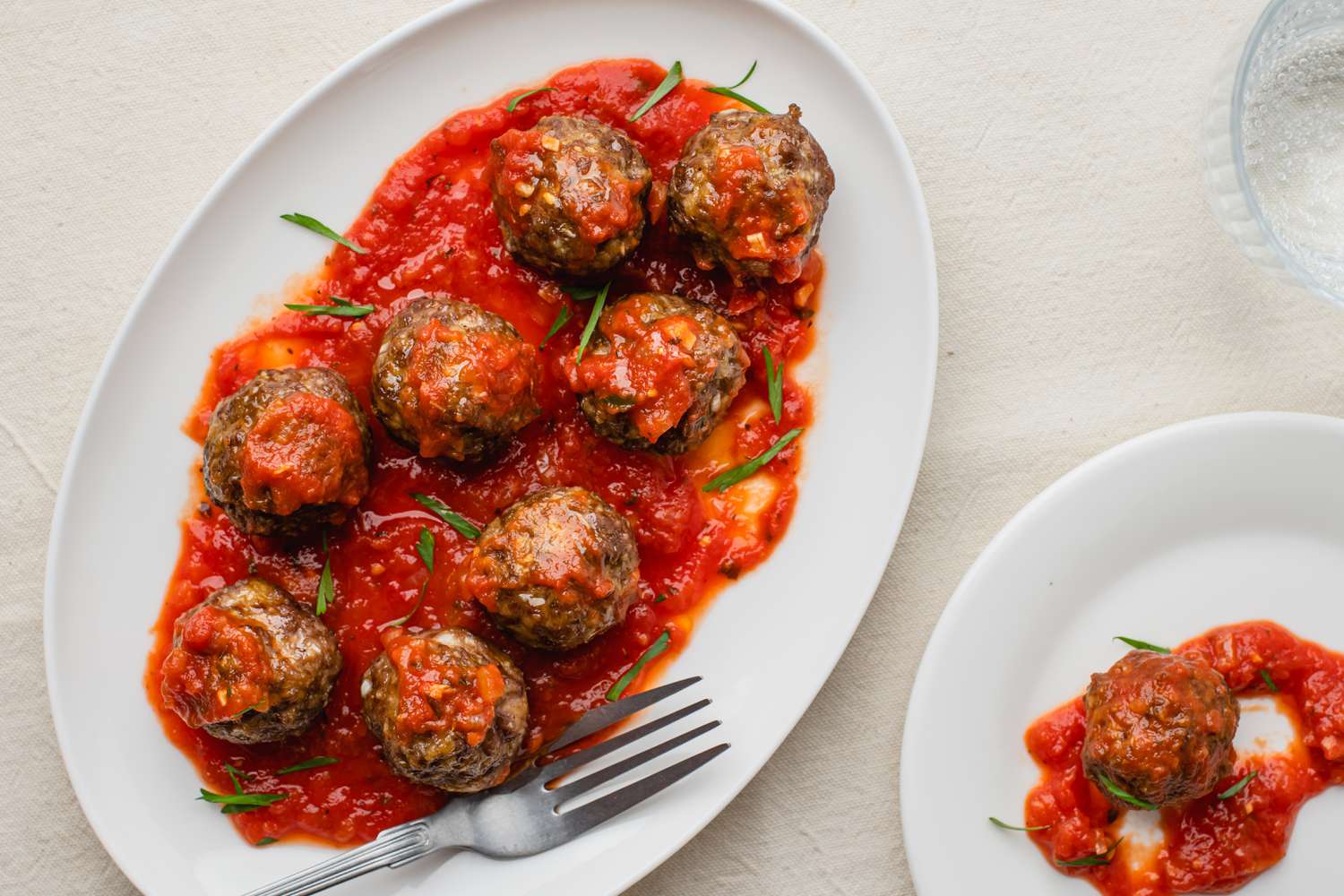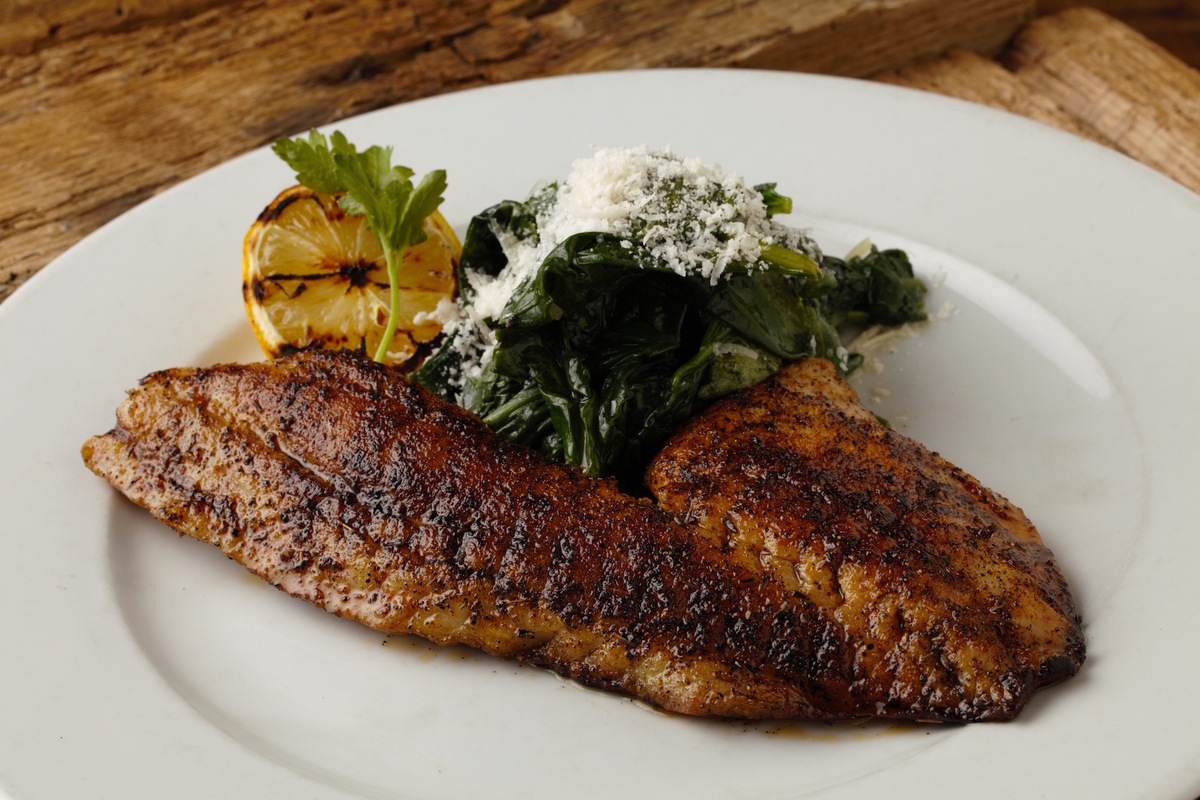Unlocking the Secrets to Cooking the Perfect Spaghetti Noodles
Spaghetti noodles, that quintessential Italian dish loved by people all over the world. It’s the ultimate comfort food, but sometimes cooking perfect spaghetti noodles can be a bit of a challenge. But fear not, because we are here to help you unlock the secrets to cooking the perfect spaghetti noodles every time you step into the kitchen. Let’s dig in!
Choose the Right Noodles
Before we even begin cooking, it’s important to select the right type of spaghetti noodles. Look for high-quality noodles made from durum wheat semolina, as they have a firm texture and hold up well during cooking. Plus, they absorb sauces better, resulting in a more flavorful dish.
Get Your Measurements Spot On
Proper measurements are crucial when it comes to cooking perfect spaghetti noodles. Be sure to follow the instructions on the packaging for the correct pasta-to-water ratio. As a general rule of thumb, you’ll need about 4 ounces (113 grams) of noodles per serving.
Boiling the Water
It’s time to get that pot of water boiling! Fill a large pot with plenty of water (enough to fully submerge the noodles) and season it generously with salt. Salt not only enhances the flavor of the pasta but also helps prevent it from sticking together.
Cooking Al Dente
For perfectly cooked spaghetti noodles, aim for an “al dente” texture, which means the pasta should be firm to the bite. Follow the cooking time provided on the packaging as a general guideline, but start testing the noodles a minute or two before the recommended time. Remember, you can always cook the pasta a little longer if needed, but you can’t undo overcooked noodles!
Stirring and Separating
While the spaghetti noodles are cooking, give them an occasional stir to prevent sticking and clumping. A pasta fork or tongs work well for gently separating the strands. Be careful not to break the noodles, as long strands of spaghetti look more appetizing on the plate.
Testing for Doneness
Now comes the crucial step of testing if your noodles are perfectly cooked. Take out a strand of pasta and bite into it. If there is a slight resistance when you chew, with the interior still a little firm, congratulations, you’ve reached that coveted al dente texture!
Draining and Rinsing
Once the spaghetti noodles are perfectly cooked, it’s time to drain them. Grab a colander and carefully pour the noodles into it, allowing the hot water to drain away. Do not rinse the noodles with water, as this removes the starchy outer layer that helps sauces adhere to the pasta. However, if you are using the noodles in a cold pasta salad, rinsing is acceptable to cool them down.
Coating in Sauce
Transfer your perfectly cooked spaghetti noodles immediately to a large bowl or plate. Toss them gently with your desired sauce, ensuring that each strand is coated evenly. Whether you prefer a classic marinara, a creamy Alfredo, or a zesty pesto, the choice is yours!
Finishing Touch: Garnish and Serve
Top off your dish with a sprinkle of fresh herbs like basil or parsley to add a burst of color and flavor. Serve your perfect spaghetti noodles on warm plates to avoid rapid cooling. Pair it with a crisp salad or garlic bread, and you’ve got yourself an Italian feast that will transport your taste buds straight to Italy!
Now that you know the secrets to cooking the perfect spaghetti noodles, it’s time to put your skills to the test. Follow these steps, embrace your creativity, and experiment with different sauces and toppings to create unique and delicious pasta dishes that will have your family and friends begging for more. Buon appetite!
More Delicious Spaghetti Recipes to Try
Now that you've mastered the art of cooking perfect spaghetti noodles, it's time to put that skill to good use with a variety of delicious recipes. For a classic choice, try the Classic Spaghetti Carbonara, which combines creamy eggs, crispy pancetta, and sharp Parmesan, ensuring a rich and satisfying meal. If you're in the mood for something with a bit of a kick, the Spicy Arrabbiata Spaghetti offers a fiery tomato sauce that complements the al dente noodles beautifully. Seafood lovers will delight in the Seafood Spaghetti, a dish brimming with fresh ocean flavors. Each recipe utilizes the basic technique of cooking spaghetti, allowing you to focus on the unique elements of these dishes. Whether you're cooking for comfort or to impress, these recipes are sure to enhance your dining experience.
Was this page helpful?
Read Next: How To Cook Frozen Sea Bass
